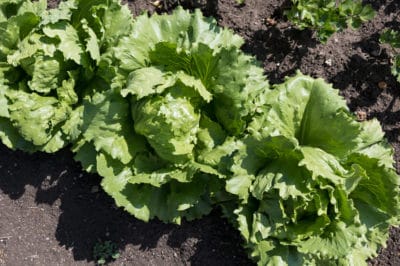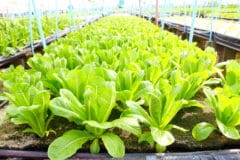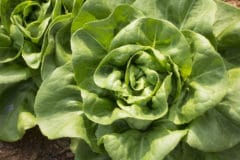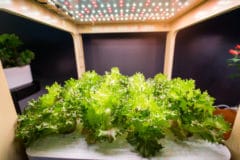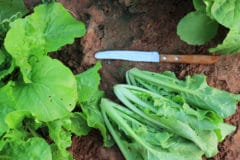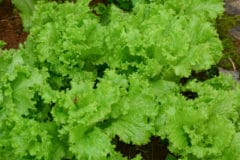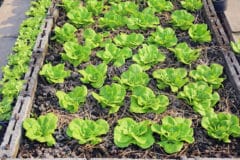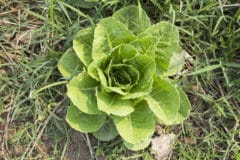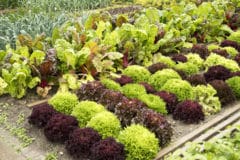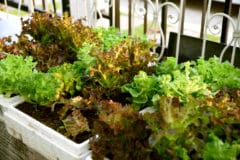When to Plant
Get an early start by planting seeds indoors 4 to 6 weeks before the last frost. Lettuce can be planted outdoors once all danger of a hard freeze has passed. Heading lettuce will be at least 50 days to harvest, and you’ll want to avoid exposing it to hot midsummer temperatures.
Where to Plant
The most important aspect of selecting a site is the soil. It must be well draining, lettuce roots do not like being in water.
The location should receive sunlight for six hours a day. There is some advantage to a location that gets mid-afternoon shade. Shade in the hottest parts of the day will help prevent bolting.
How to Transplant
If you are moving starts outdoors for the first time, they will need to be acclimated to outdoor temperatures and sunlight. Bring the seedling trays outside each day gradually increasing the amount of time they spend outdoors over the course of a week.
Dig holes in your garden bed with a spade. Each hole can get a handful of compost in the bottom as fertilizer.
Gently ease the seedling out of its container. Loosen up the roots with your hands to avoid compaction and plant it. Fill in the hole with additional soil. Water them in, and keep the soil moist as the plant grows.
Harvesting and Storage
50 to 75 days after planting, your iceberg lettuce will have grown firm heads. Test if they are ready to harvest by feeling them for firmness. The heads should be full and compact, but the leaves should still be tender, not tough or bitter.
Cut the head at the level of the soil to harvest. Remove outer leaves if they are wet or dirty. Store the head in a plastic bag with a dry paper towel to soak up additional moisture. In the fridge, a head of lettuce will store up to 3 weeks.
Controlling Pests
The most common lettuce pests are slugs, snails, and rabbits. Often it depends on your garden environment in determining how to deal with pest problems. Here are some solutions for learning how to deal with garden pests.
- Fencing – particularly for rabbits and deer, a good fence around the garden does wonders.
- Companion Plants – Aromatic plants like flowers and herbs deter bugs and attract predatory insects.
- Snake Habitat – As simple as a pile of rocks. Providing snake habitat in the garden helps keep down slug and snail populations.
Test out multiple pest control strategies until you find a combination that works for your garden. With some persistence, your iceberg heads will become jewels of the garden.
